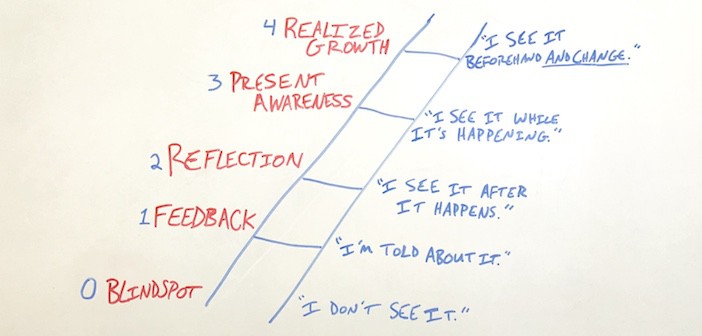Before GPS and smartphones, we often relied on reference points to guide us in the right direction. {“Take a left at the BP. Turn right just past the train tracks. When you see the water tower, you”re almost there!”} With the right set of landmarks, drivers always had a clear idea of where they were, even if they had never been there before.
.
Similarly, church leaders need clear reference points as they guide their communities from where they have been toward the vision God has set before them. Without them, there is no way to ensure proper decisions are made in the present to point the church in the direction it intends.
.
Present context is best understood by regularly considering reference points in both the past and future…
Past Experience: Where are we coming from?
Identifying where you begin is necessary to understanding the progress you are making. Many churches attempt to intuit progress instead of accurately measuring it for certainty. Without a clear perspective on where they are now compared to where they have been, these organizations often experience false progress. What feels like forward motion is little more than driving in circles until someone gets bold enough to say, “I think we”ve past that before.”
.
The best way to establish reference points in the past is to measure with detail. Identify the components of your church that indicate health. Measure them now to establish a baseline and continue measuring them regularly to determine how far you are progressing.
Future Vision: Where do we intend to be?
Without a clear understanding of where you are trying to go, there is no way to be certain where you will end up. Establishing a reference point in the future is essential to charting and maintaining a direct course toward a desired destination. This point is provided by clarifying the details of the vision God provides. Many pastors are talented vision-casters, communicating a compelling concept of what the future could look like that produces an emotional response and strong buy-in. Fewer pastors, however, clarify the practical details of that future in a way that enables team members to take aligned action toward it.
.
To establish a reference point in the future, identify the specific steps that must be taken and place them on a timeline for a clear plan of action. Use that plan as a reference point to determine how much closer you are getting to your desired destination.
.
Understanding your present location is necessary to continue on course toward the vision God has provided. Identifying health metrics with a beginning baseline provides a reference point in the past from which to measure progress. Clarifying the details of the vision you are pursuing provides a reference point in the future to line up with as you strive to maintain a direct course toward it. The better you define your reference points and the more frequently you refer to them, the better you will understand your current location. This level of understanding provides a valuable resource as you make decisions in the present that move you further from where you began and closer to where you intend to be.
.
Make it happen! Consider the following questions with your team:
1. How do measure health now and moving forward?
2. What steps must we take toward vision and when must we take them?
3. How are we monitoring our relation to both past and future reference points?



